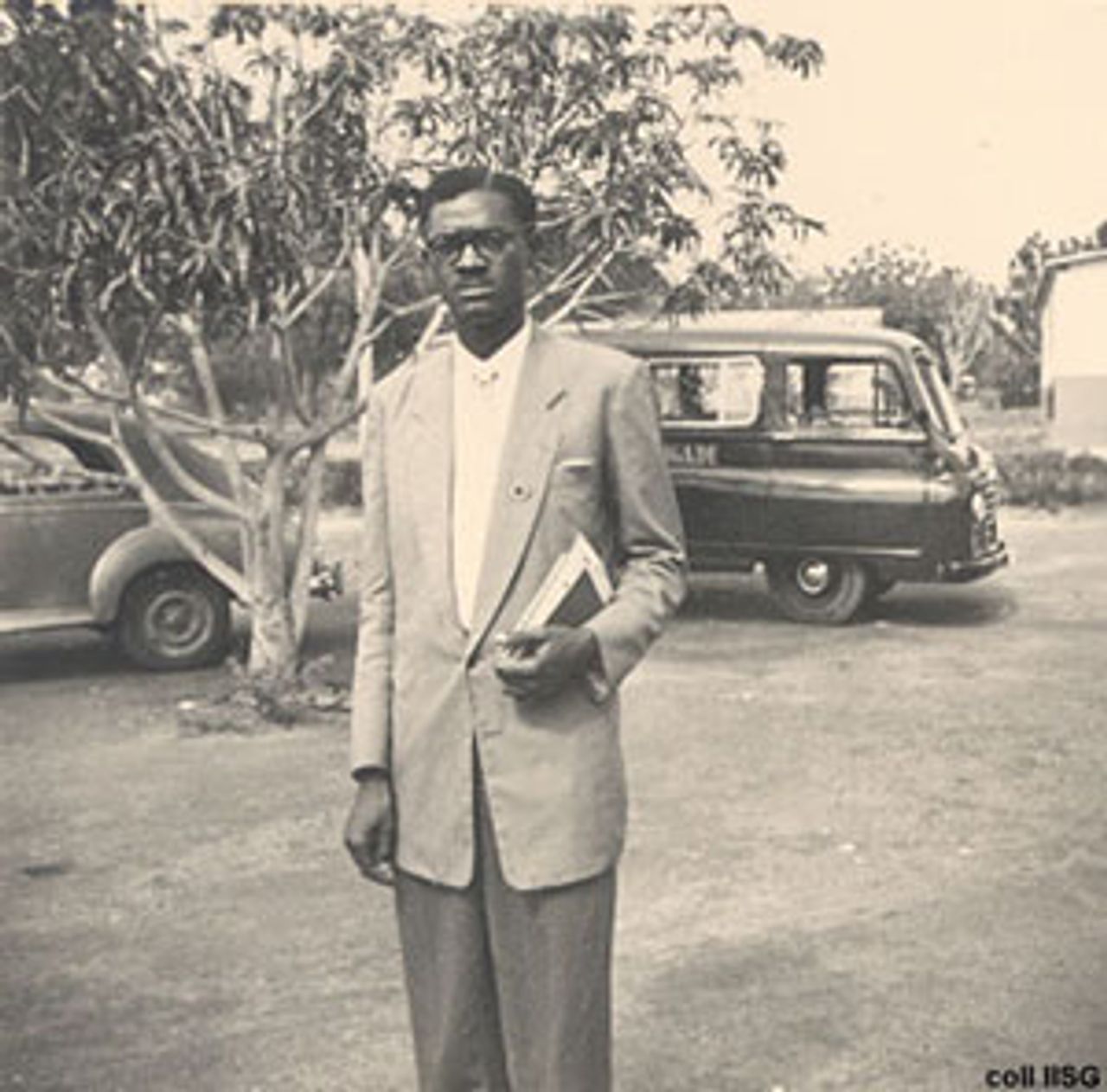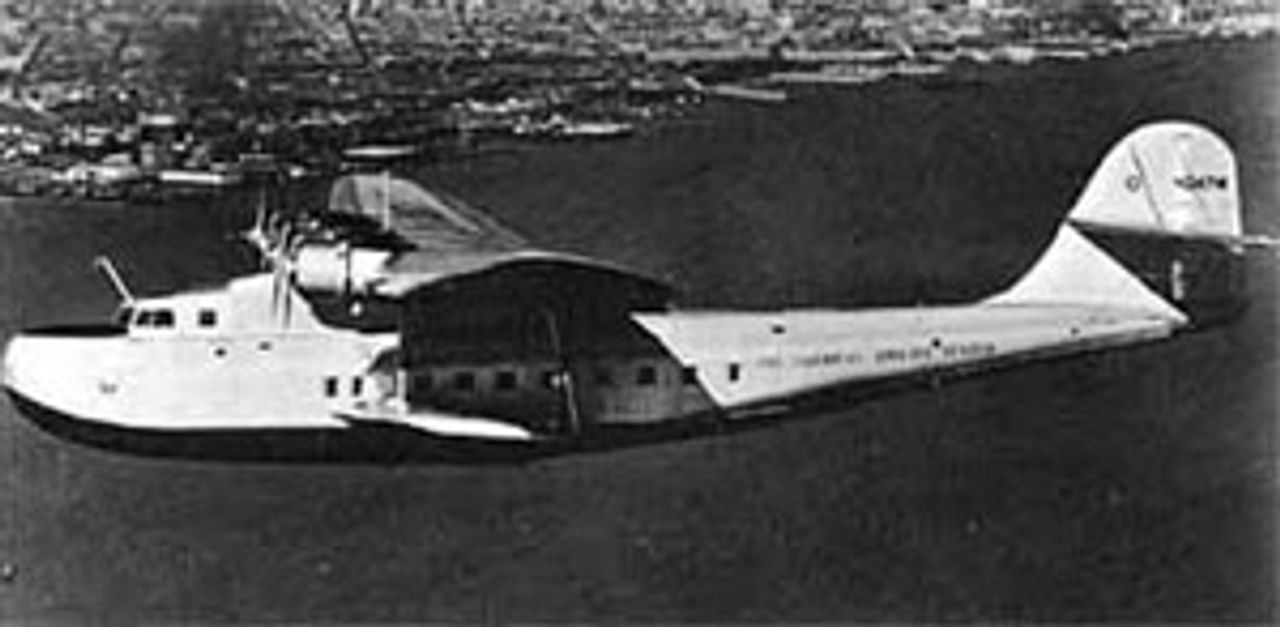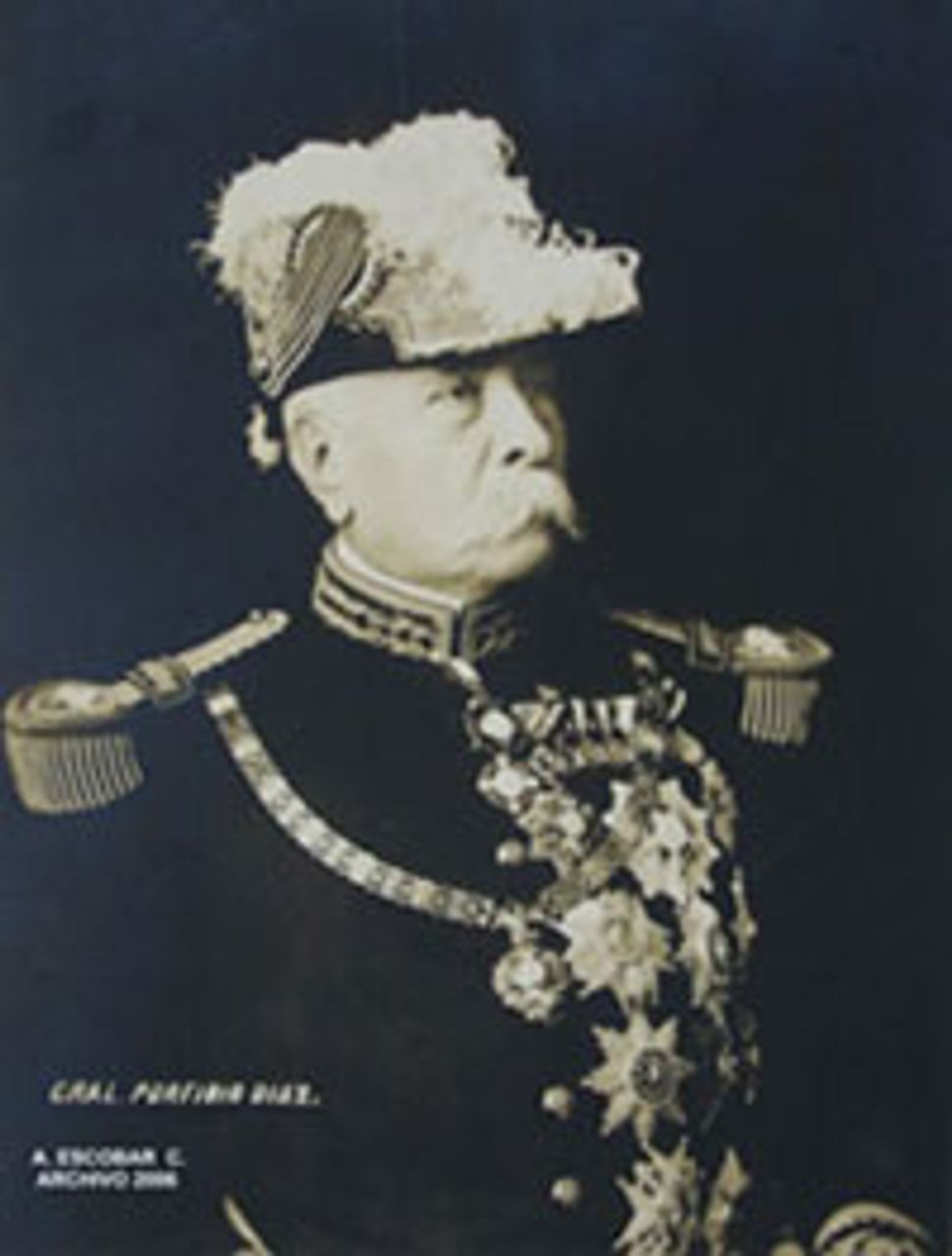This Week in History provides brief synopses of important historical events whose anniversaries fall this week.
25 Years Ago | 50 Years Ago | 75 Years Ago | 100 Years Ago
25 years ago: 56 dead after Egyptian commandos raid hijacked airline in Malta
 Maltese capital of Valletta
Maltese capital of VallettaFifty-six passengers aboard a hijacked commercial flight were killed on November 25, 1985, after Egyptian commandos under the direction of the US military raided the airplane, which had been grounded by members of the Palestinian nationalist group Fatah—The Revolutionary Council of Abu Nadal.
EgyptAir Flight 648 was en route from Athens to Cairo on November 23 when five Palestinian gunmen seized it. An Egyptian secret service agent aboard the flight opened fire, killing one of the hijackers before himself being killed. In the exchange, the fuselage was broken, and the plane was forced to land on the island nation of Malta, five kilometers from the capital, Valletta.
The Maltese government refused to refuel the plane, setting the stage for the massacre two days later. In the interim, the hijackers shot five passengers—two Israelis and three Americans—three of whom survived.
On the morning of November 25, Egyptian commandos, who had been allowed to conduct a raid by the Maltese government, planted explosives around the plane to blow open its doors before storming it. These explosives caused a fire in the plane’s cabin, suffocating 56 of the remaining 91 people on board.
In addition to exposing the disregard of the Egyptian, US, and Maltese governments for the lives of the hostages, the incident once again demonstrated the bankruptcy of individual terrorism as a tactic. A series of high-profile hijackings—including the Achille Lauro incident months earlier which had ultimately involved the same Egyptian airplane—only served to accelerate the aggressive aims of the US and Israel in the Middle East.
50 years ago: UN endorses coup against Lumumba
 Patrice Lumumba
Patrice LumumbaOn November 22, 1960, the United Nations General Assembly voted to recognize the delegation of Congolese President Joseph Kasavubu and military strongman Joseph Mobutu, refusing to sit delegates of the popularly elected government of the deposed Patrice Lumumba.
Lumumba’s party had won more seats than any other in the May 1960 Congolese elections, and had therefore been given the right to form the first government after formal independence from Belgium in June. However, the US and Belgium immediately began to maneuver against Lumumba, precipitating the secession of mineral-rich Katanga province, the attempted dismissal of Lumumba by Kasavubu (which technically failed after Lumumba won a parliamentary vote of confidence), and ultimately the September coup organized by army chief of staff Mobutu with CIA backing.
Reflecting the combined clout of the US and the former colonial powers, the vote carried by a wide margin, 53 to 24, with 19 abstentions, revealing the UN to be little more than a “thieves’ kitchen,” as Lenin had aptly called its predecessor, the League of Nations.
At the time of the UN vote, Lumumba was under house arrest. He escaped on November 27, and attempted to head east to his political stronghold of Stanleyville.
75 years ago: First trans-Pacific commercial flight
 Martin M130 flying boat
Martin M130 flying boatFlying from an airfield near Oakland, California on November 22, 1935, Pan-American Airways’ China Clipper “flying boat” seaplane carried out the first commercial trans-Pacific airmail service by flying between the US and Manila, the capital of the Philippines. The flight was a major step in the transition of the airplane from a technological marvel to its modern role of shrinking the time needed to move people and goods great distances.
The China Clipper, piloted by Edwin C. Musick, arrived at its Asian destination seven days after departing the US West Coast and having delivered a total of 110,000 pieces of mail to the Philippines and other Pacific territories annexed by the United States in the late 1890s—Hawaii, Midway Island, Wake Island and Guam. A similar trip by a seaborne vessel would have required many weeks.
The China Clipper was the first of three enormous Martin M-130 four-engine seaplanes built for Pan American by the Glen L. Martin Group of Baltimore, Maryland. Costing the airline $417,000, the plane was delivered by the manufacturer just weeks before the historic flight.
100 years ago: Madero launches Mexican Revolution
 Porfirio Diaz
Porfirio DiazIn a nine-day period, November 20 through November 28, insurgent forces led by Francisco Madero fought troops loyal to Porfirio Diaz, president and dictator of Mexico. Madero made public his “Plan of San Luis Potosi,” which declared the recent presidential elections—rigged and won by Diaz—null and void and himself the president of the provisional Mexican government. The plan called for a general uprising against Diaz beginning November 20.
Though forces loyal to Diaz were able to hold off Madero’s challenge, the attempted revolt revealed the weakness of the regime. Madero, with a small band of loyalists, had been able to cross over into Mexico from Texas and capture a series of towns. Some Mexican army forces went over to Madero in the brief but fierce fighting that followed, and, more importantly, the loyalty of the population and different regional factions of the elite was called into question.
While most of the fighting took place in the north, riots occurred as far south as Orizaba. There was also evidence that the US was siding with Madero in his bid to replace Diaz in order to head off more radical change and keep the domination of the landed elite and foreign capitalists intact. Madero, for example, was able to move freely in and out of the US with men and arms.
The long rule of Diaz, known as the Porfiriato, had seen vast changes in Mexico. When Diaz ascended to the presidency in 1876, Mexico was relatively isolated from the world; there were virtually no railroads, no telegraph system, and, outside of mining, little modern industrial production. By 1910, Mexico City lay at the center of a large national rail and telegraph network, factory production—while limited—had emerged, and major industries, especially petroleum, had drawn Mexico firmly into the orbit of the world economy.
